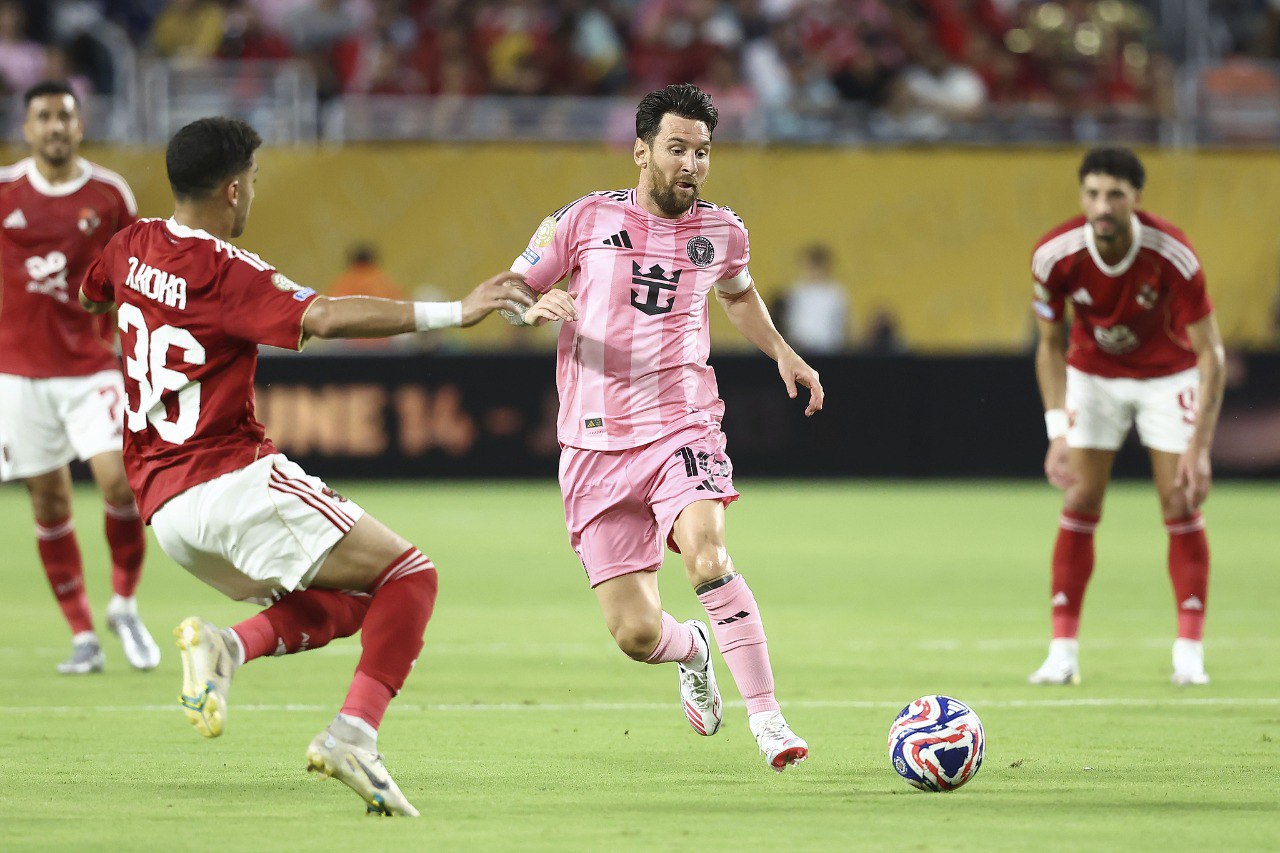CLUBFOOT DAY
World doctors don’t know what causes the condition and have now way of ensuring that one does not get it. Clubfoot is the names that describes a range of foot abnormalities usually present at birth in which your baby's foot is twisted out of shape or position.
June 3rd is officially World Clubfoot Day, an initiative of the Ponseti International Association to commemorate the birthday of Ignacio Ponseti, the pioneer of the Ponseti technique usually used to treat the condition.
Clubfoot is multifactorial in that it can either be genetical or caused by the environment. Most often clubfoot disorder is found to be male dominant than how it affects the female.
Clubfoot being a common during the infancy stage is not very painful and with time goes from mild to severe if not treated; with treatment a child is able to walk normally, able to enjoy a wide range of physical activities with little trace of the deformity.
Signs of backfoot.

- The top of the foot is usually twisted downward and inward,
- The foot may be turned so severely that it actually looks as if it's upside down.
- The affected leg or foot may be slightly shorter.
The affected foot is usually 1 to 1-1/2 sizes smaller and somewhat less mobile than the normal foot. The calf muscles in your child's clubfoot leg will also stay smaller, so your child may complain of "sore legs" or getting tired sooner than peers. The affected leg may also be slightly shorter than the unaffected leg, but this is rarely a significant problem.
Despite the look backfoot does not cause discomfort or pain!
